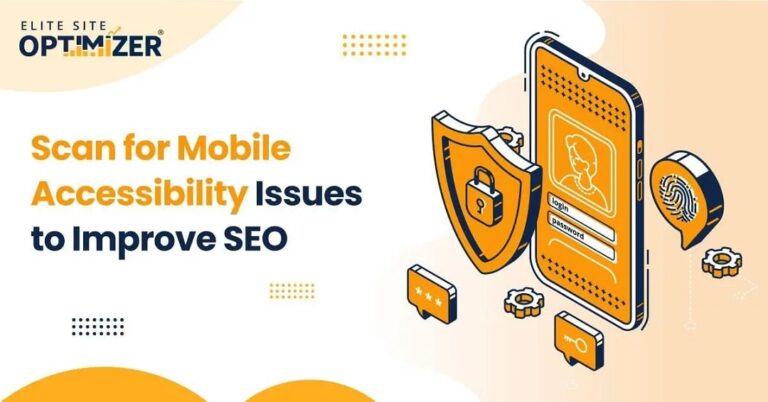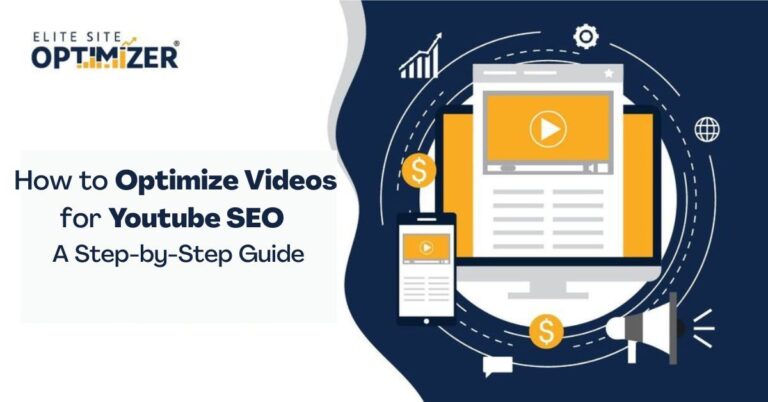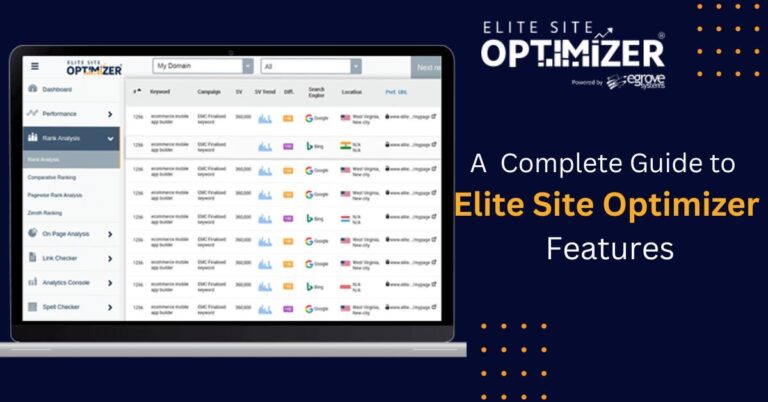Education is no longer limited to the classrooms and textbooks. It has changed and expanded with the integration of digital tools and the development of e-learning methodologies. Students can now access curricula through online portals from anywhere. However, many students still face access challenges and barriers. Accessibility testing for educational websites ensures that all learners have the opportunity to use and access academic content, regardless of their disability or capabilities, the device they use, or the location in which they are using it.
Understanding Website Accessibility
Website accessibility means designing and developing content so everyone can use it. This is about accessibility for all, including those with visual, auditory, cognitive or motor impairments. Features like screen reader compatibility, simple navigation, image alt text, sufficient contrast and keyboard only navigation are all part of making a website accessible. For educational institutions accessibility is not just about convenience, it’s about inclusion, equity and equality in learning for all.
Benefits Of Accessibility Testing For Educational Websites
Web accessibility in education is important for several reasons. Educational websites have many users, students, teachers, parents, administrators and others. So accessibility testing is beneficial for an academic website with so many users.
Enhancing The Educational Experience For Every Student
The number one purpose of an educational website is to support learning for every student. Accessibility testing is a way to ensure that the learning experience is as smooth and inclusive as possible. For example, accessibility supports a design that offers sufficient contrast, meaningful alternative text for images, and appropriate headings. All these elements are beneficial for all students, not just students with disabilities.
- Students who access the website on mobile devices have a better experience because they can easily navigate through the site.
- Students with slow connections can load a text-heavy version more easily than a site full of images or videos.
- Older users, or teachers who are not as familiar with technology, have a less frustrating experience on an accessible site.
Support For Diverse Learning Needs
Student learning is not a one-size-fits-all process. Some students rely strictly on visuals to support their learning, while other students process information more effectively by hearing it. When evaluating educational websites for accessibility, consideration is given to the diverse learning styles represented by students. When accessibility features are integrated into a website’s design and verified through testing, they promote multimodal environments that allow students to interact with learning content in ways that are most effective for their learning needs.
Improved Institutional Reputation
A website that welcomes every student is recognized as empathetic and innovative. Educational websites that provide an accessible experience are seen as inclusive, progressive, and socially responsible. Inclusivity builds trust and is appealing to potential students. It builds confidence, a quality that forms public perception of the educational institution.
Long-Term Digital Sustainability
Technology changes fast. Learning environments need to be updated to accommodate different browsers, devices and assistive technology. Accessibility testing ensures that your organisation’s website will work across devices now and in the future for all students.
Culture Of Inclusive Usability
Accessibility testing not only finds technical issues but also ensures WCAG compliance for schools. It also changes the way designers, developers and educators think about usability.
Testing with basic assistive tools like screen readers or speech recognition software lets educators see for themselves what a user with a disability experiences when they access their website. This is important for education as it creates empathy and inspires user-centred and equity focused thinking. Over time this culture of empathy leads to more careful consideration in designing future learning experiences.
Important Elements Accessibility Testing Evaluates
Accessibility testing assesses various sections of an educational website to rank its accessibility. The evaluation considers the following key elements:
- Navigation and Organization
Easily identifiable, logical menus and navigation paths for users to access the content are good. Additionally, keyboard-accessible functionality is promoted for users who utilize keyboard navigation only, ensuring inclusivity. Good website designs should also have a proper heading structure for scalability by the end user using a screen reader.
- Visual Design
Accessibility testing examines whether there is sufficient contrast between the text color and the background color. It also checks if the font can be enlarged for readability and that there are no flashing or blinking components that may distract learners.
- Multimedia
Multimedia makes things accessible so you can evaluate videos and audio lessons with subtitles or captions. It checks if visual content has audio descriptions and alt text on images and diagrams.
- Forms and Interactive
Accessibility tools check if labels and instructions are clear. Error messages for guidance and is keyboard navigation logical.
- Content Readability and Accessibility
Language should be simple, with proper use of lists, spacing and headings and other relevant elements. It also checks the consistency of the page and website layout.
Accessibility testing is an ongoing process. It is designed to encourage developers and designers to consider accessibility from the outset, thereby saving time, resources, and effort. It also enabled educators to learn to upload what they have planned, keeping accessibility in mind. Tagged PDFs, captioned videos, or readable presentation slides become the norm, thereby making accessibility an aspect of every teaching and learning experience.
Conclusion
Accessibility testing is not a compliance checkbox alone. Instead, it is a moral, educational, and social responsibility. When an education website is designed for every learner, it creates a powerful ripple effect that builds learner confidence and encourages true equality in learning in the digital world. In an era when knowledge is the all-powerful tool, ensuring every student has an equal chance at success is essential. Enhancing educational websites to be accessible for every student with the integration of thoughtful features truly honors the spirit of education: offering equal opportunities for all.







